THE PSYCHOTHERAPY OF CARL ROGERS:
REGARD
BY WILL STILLWELL
Regard
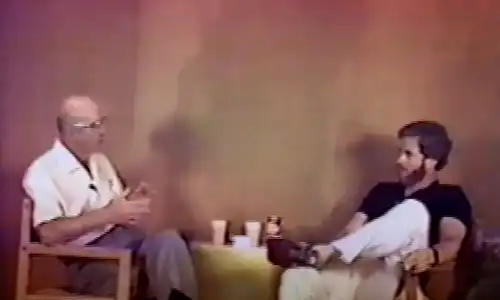
Rogers begins each session settling himself into his “authenticity” – manifest as being-here with a client. “Hi”, he says to Richie, and invites him to join in quiet “to get with ourselves.”
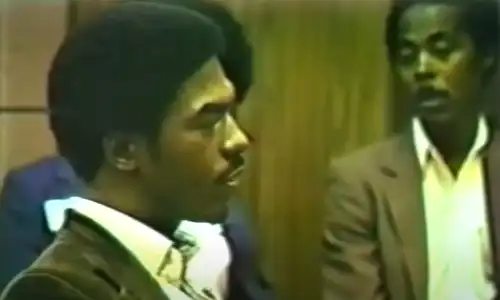
Once self-present, Rogers seldom loses his focus on the client. Part way through this interview, Dadisi seems to distance himself, the audience offers potential distraction; but see if you notice as I do that in his discipline, especially his eye contact, Rogers does not move from being present with Dadisi.
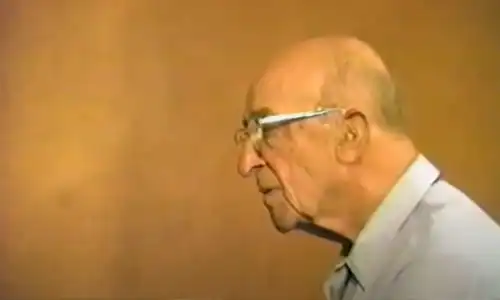
The client Steve often, as in this segment, speaks in a hesitating manner. Rogers was known for his frequent expression, “Uh huh.” Did you notice it? In the entire 45-minute interview with Steve, Rogers uses “Uh huh” or a variant 93 times.
I experience these expressions as Rogers applying self-discipline. Rogers is learning as he reflects for himself on a client’s experience. By means of this phrase he pauses, and paces his understanding of their interaction. He is not agreeing with the client’s statements. “Uh huh” is not Rogers applying expertise and evaluation. It’s even ambiguous about meaning. Most important, “Uh huh” is his action continually, positively, acknowledging the other person: “I am with you as we go along, I am present.” In moments of intensity a client is not alone, he is being addressed: “Here we are in contact. Here we can touch.”
In contrast is another of Rogers’ more minor expressions, “Okay,” that in some contexts might conceivably have the same meaning as “Uh huh.” He says “Okay” a half-dozen times or more with each of these men, and almost always in the early or late minutes of the interviews. In central sections of the interview with Richie, for me a couple of occasions the expression “Okay” would serve to acknowledge what Richie had said. Rogers does not use it.
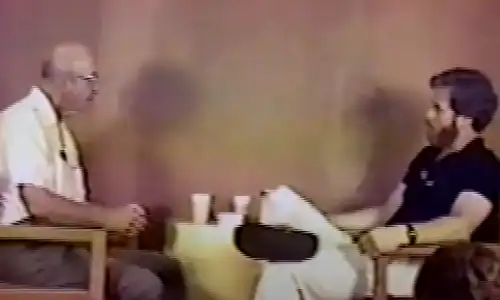
He utilizes the expression, "Okay" in definitive summation: for his client -- "we both agree that this is what you mean;" and for himself -- "this is a clear statement of what I mean."
In the following example with Steve, I see Rogers saying "Okay" as he more overtly intends to manage the interview's orientation and conclusion processes.
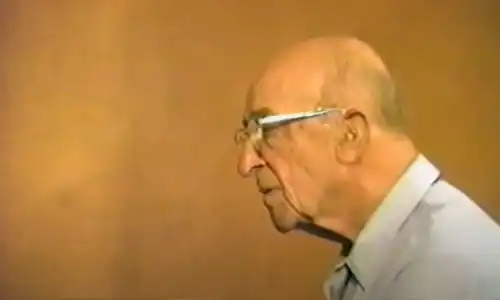
Here with Steve, it seems to me Rogers is trying to close the interview. (We’ll have another chance later to visit these moments again in larger context and follow its development.)
Especially in an interview's middle section, Rogers attempts to keep himself open and tentative and exploratory. For him, Uh huh" serves that function.
Rogers attempts to keep himself open and tentative and exploratory, especially in an interview’s major middle section. For him, “Uh huh” serves that function. In contrast, his expression, “Okay” serves him as he tries to enjoin his more definitive shape to the interview’s content and process.
What further qualities of regard toward his clients can we see in Rogers? On one occasion he declared that in his valuing of another person, the client’s “experience is equal in authority and validity to mine.”((My impression is that in the interview with Dadisi here studied, in a broad way Dadisi was striving to be confirmed by Rogers as an equal colleague. And that was not obtained, and perhaps lost its importance for Dadisi.)) I see in these interviews that Rogers’ form of relationship with the client is not one of living in equivalent roles, but its great consequence is that his presence is non-oppositional. Mostly he does not evaluate the content of a client’s remarks (or claim to even remember it later).((*Demonstration interview at The La Jolla Program, 1977 audiotape; and with Gloria, 1965 Three Approaches to Psychotherapy. But see his remarks not shared with the client following their interview on “Carl Rogers Counsels an individual I: The Right to Be Desperate.” 1977)) In therapy he rarely interprets or connects a client’s content to a psychological theory.
Rogers’ therapeutic facilitation, I sense, is less about establishing any general or psychological truth, rather he is striving to enter a reciprocal process -- an action-and-response-possibilities dance wherein the truths of the present may emerge. His attitude is “an approach” attuned to the qualities of feelings, rather than “a content” of propositional declarations or ordered steps.
Watch how Rogers responds here as Richie moves further into their dance:
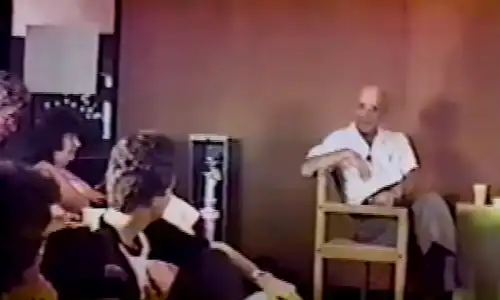
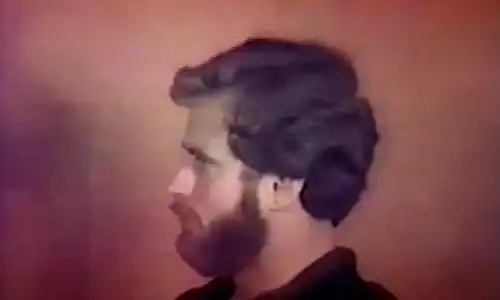
And here’s how it seemed to Rogers as he comments following that interview session.
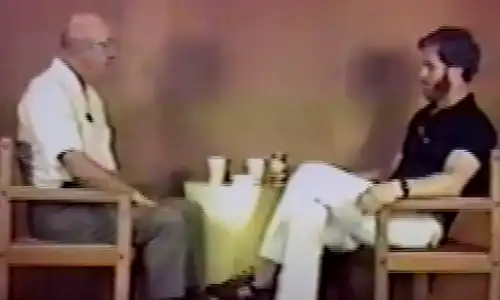
It seems to me that during a therapy session (which Rogers calls “a very intense relationship”) Rogers clearly considers what is going on for himself and his client, and he chooses not to interfere with the freedom of this special dance. “Entrust a person with power, with responsible freedom of choice…”((**Rogers, C;, “My Political Stance” 1978. Actual quotation is “entrust persons with power…”)) and that person will step forth and become his own presence with this therapist.

